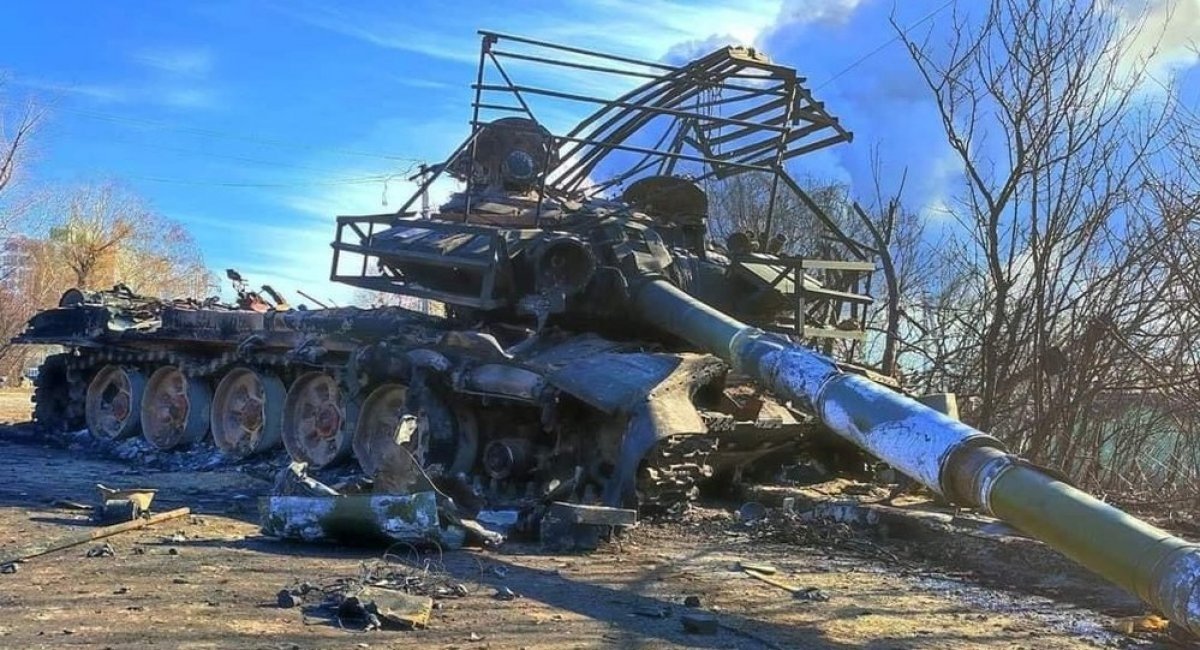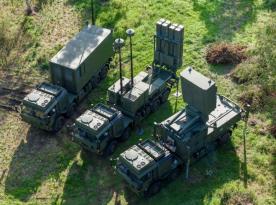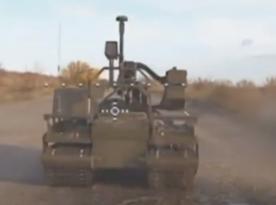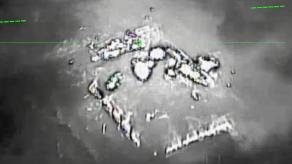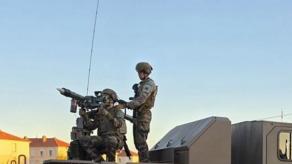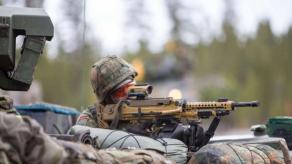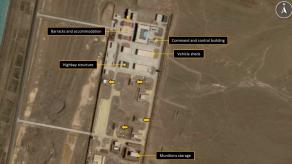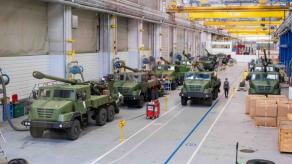Another T-72B3 main battle tank was abandoned by the russian soldiers in eastern Ukraine, near Marinka city. Quite a usual occasion if not for the unique 'modernization' applied, apparently, by the tank crew themselves – slat armor cage on top of the turret covered in modules of explosive reactive armor.
In the video shared by Ukrainian soldiers in the open media, we can see Kontakt-1 reactive armor blocks welded to the bars of slat armor.
Read more: Russians Reported on Final Stage Tests of the Arena Reactive Armor Complex For Tanks
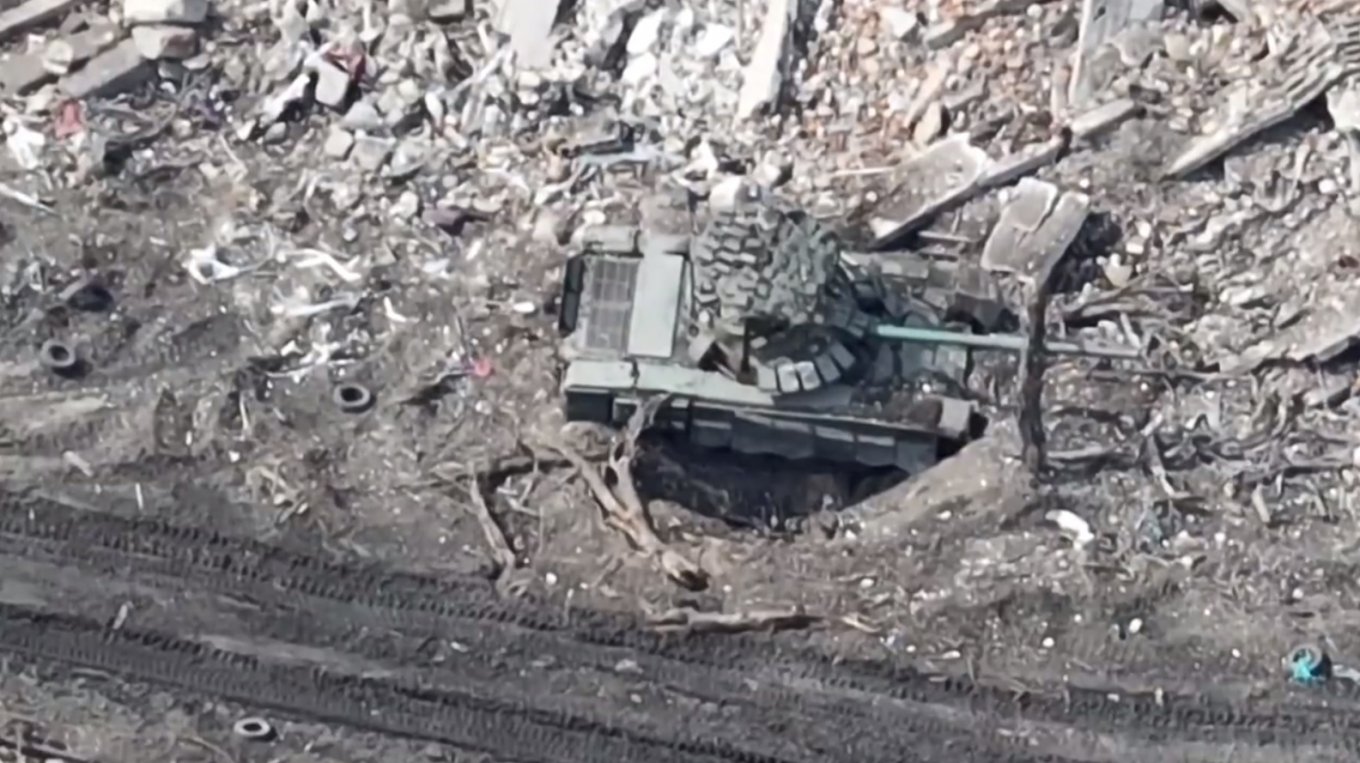
Most likely, this 'improvement' was intended to protect the crew from Ukrainian UAVs with small droppable grenades that have been extremely actively employed recently. As an illustrative example, we can recall the drone attack that managed to take 10 russian tanks and an infantry vehicle overnight with just air-dropped grenades.
Let's remember that ERA modules are basically explosives sandwiched between two metal plates. When they are hit, the explosive part should deflect the projectile and thus mitigate the impact of the strike. But it comes with the danger the modules pose themselves. It works fine of the sides of the tank hull or turret that are reinforced with thick armor but when placed on thin armor or furthermore on a slat cage, ERA blocks can only add to the impact.
We already explained how it happens in the case with the soft-skinned BMP-2 infantry fighting vehicle that the russians tried to 'enhance' with reactive armor, too.
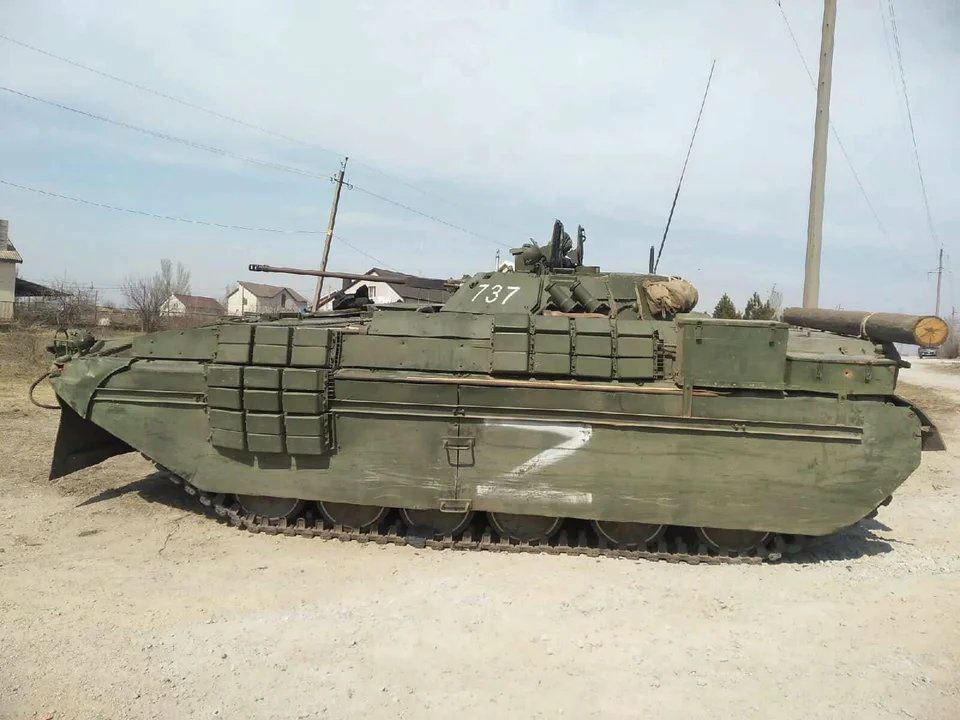
Overall it looks like the cargo cult of 'cages' in the russian military is being slowly phased off by the new 'ERA-cult', since we see less russian tanks with slat armor protection compared to the first days of war.
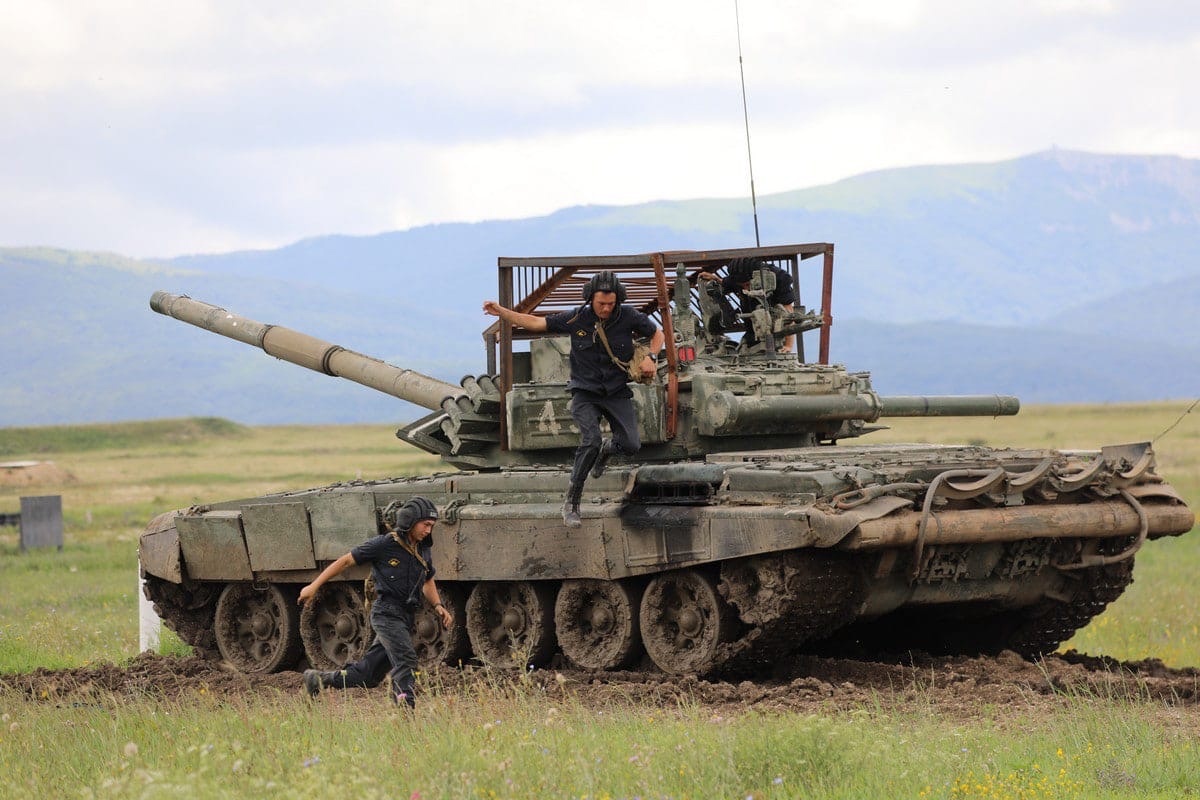
Although, earlier this year the russians said they wanted to go back to encaging their tanks, now in series, and claimed they had resolved all the previous problems with the protective cages.
As we noted, the primary issue was that the ineffective use of slat armor turned russian tanks into iron coffins with no communication.
Back to the issues with reactive armor, the problem seems to be that russian soldiers of the lower ranks have no clue of the basic principle behind ERA because we see that most of the associated 'improvements' to the vehicles are hand-made in field conditions.
Earlier Defense Express also assessed whether it would be effective to apply reactive armor to Western Leopard 2A4 tanks as they arrive in Ukraine. In fact, this may prove as a good idea.
Read more: What is the Point of Adding Reactive Armor on Leopard 2A4: Who Made This Before and What the Conclusion Was




